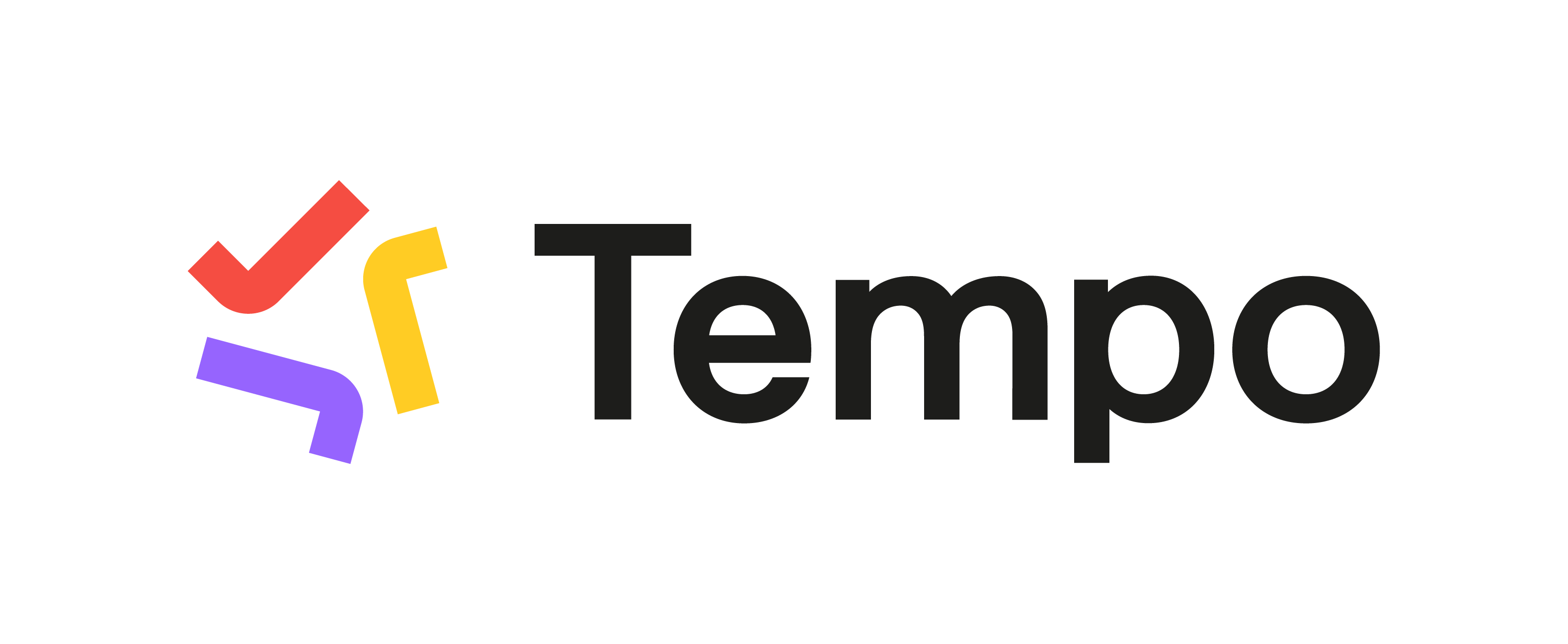Capacity Planner by Tempo on Cloud is different from Data Center in terms of design and performance. Resource Planning provides daily tasks planning on both platforms. Classic legacy planning is retained on Data Center for team capacity and program capacity planning, whereas Team planning on epics is provided on Cloud for medium and long-term team planning.
Similarities:
-
On both host platforms, users can plan daily tasks and Project Managers or team leads can plan for teams in the Resource Planning view.
-
Capacity Planner uses the same core features, Accounts and Teams , and provides Planned Time Reports and Planned vs Actual Reports on both Cloud and Data Center.
-
Admins can enable Plan Approvals in Tempo Settings on Cloud and in Manage apps on Data Center.
-
Tempo admins can configure Capacity Planner to “Use start and end times when planning time”.
Differences:
Capacity Planner by Tempo on Cloud
-
Generic Resources in UI and in reports
-
Team Member Capacity Report without commitment %, but no calculation
-
Repeated plans (weekly, bi-weekly) in Resource Planning view
-
Individual and Team synced plans
-
Tempo Mobile login with SSO
Capacity Planner by Tempo on Data Center
-
Generic Resources in UI only
-
Legacy Capacity Report with commitment % and calculation
-
Repeated plans (weekly, bi-weekly, monthly) in Team Timeline
-
Team plans on users and teams
-
Tempo Mobile login with Basic Auth
Here’s some more details on each of these options:
-
On both Cloud and Data Center, Capacity Planner has Generic Resources as a placeholder for future resource planning. They show up in the reports and exports on Cloud, but are not currently on Data Center.
-
Legacy Capacity Report is available on both platforms with a minor difference: commitment % is calculated on Data Center, but not on Cloud. Effective team size is available only on Data Center. The timeframe can be daily/weekly/monthly/quarterly on Data Center, but is only monthly on Cloud.
-
Repeated plans on Cloud can be generated weekly or bi-weekly in the Resource Planning view; on Data Center, they can be generated weekly, bi-weekly, or monthly in the Team Timeline .
-
Project managers can generate Team-scoped user plans in the Team Planning view on Cloud. On Data Center, they can generate Team Plans at the user level and at the Team level in the Team Timeline.
-
Tempo Mobile for Cloud and Tempo Mobile for Data Center are not the same apps in the Android / Apple iOS , but all the features are the same except for the login methods.
What’s available on one but not the other:
Tempo Capacity Planner on Cloud
-
Delete plans when associated issues are deleted
-
Google/O365 Calendar integration
-
Compressed view in Resource Planning
-
Skills for users
-
Data retention
-
Capacity report export with Skills and FTE
-
API Integration
-
OAuth 2.0 applications
-
AppCues onboarding
-
Integration with Structure and Financial Manager
Tempo Capacity Planner on Data Center
-
Team Timeline
-
Plans on component and version
-
Program boards
-
Program Capacity Reports
-
Capacity report
-
Staff location & filter by and group by location in Planned Time Report
-
Configurable label for Account and Team in Jira
-
Reindex users
-
Tempo analytics
